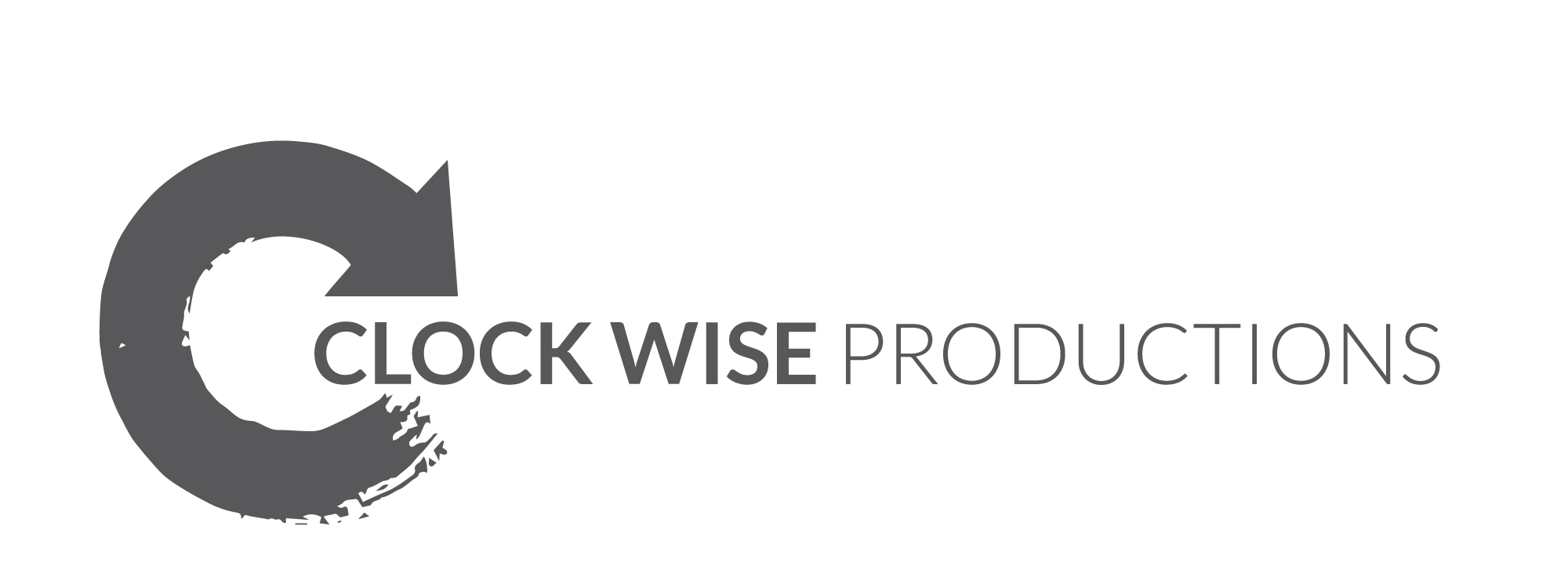If you have a brand to promote and target audience to reach, beyond a 15 year old Snapchat user duking it out with his posse, video is still the best tool to get beyond the noise of everything else on social media.
A few general pointers to heed:
- Make sure your target audience hangs out where you post
- Make sure you hit the right tone for both your business and the social media outlet that you’re using
- Should you be so lucky and your video gets shared, make sure it has the proper attributes to be tracked back to you and your business
- Before you plan your video marketing, make sure you have all the tech specs and facts at hand to make your decisions wisely
(In the past few months live video has been all the rage and I blogged about it in July, but for today we will stay on the topic of pre-produced videos for social media.)
So, other than your website, where do you post, host and embed (that’s next month’s topic by the way), your videos?
YouTube
The granddaddy of video and social media is of course YouTube, especially for business. And although YouTube is still the biggest player in video, it’s definitely on a downward trend and getting a run for its money from Facebook. But for now, it’s definitely a smart place to upload your video.
Pros:
- YouTube is the 2nd greatest search engine after Google
- Many websites and 3rd party video players work easiest with YouTube hosed videos
- Big file sizes and long(er) videos are no issue (see tech specs at end)
Cons:
- YouTube’s analytics are lacking
- With over 1 billion users all preening for attention, it’s near impossible to move beyond the noise and be heard (err, seen)
- And if you’re not careful, your competitor’s video auto-plays right after yours
YouTube is making headway with its Content ID technology (I’m assuming it’s a Blockchain application) to identify and settle copyright infringement cases. This might set it apart down the road from other video sharing sites.
If you go with Facebook, make sure to post the video natively, meaning you’re uploading the entire video onto Facebook and are not linking it back to a third party host. Native hosting on Facebook has several advantages:
- Auto-play – your video starts playing automatically when discovered
- Data – Facebook is great at collecting and making data available. This is invaluable for marketers (and small business owners). Facebook includes a view count, embedding options, and video for website conversions
- The Facebook news-feed algorithm puts enormous weight on video, meaning they surface before images and text in searches
- If you are into video advertising: you can micro target your audience and again, you’ll get a great data set
Like YouTube, Facebook allows for long videos and big files. Videos you produce for your website, should definitely have a place on your YouTube channel and Facebook page.
Video on Twitter is a different animal altogether. As with it’s 140-character text limit, there’s a limit to video length at 30 seconds. You will want to produce your videos specifically for Twitter, or make shorter versions from existing web videos.
Twitter is a great tool to connect with people and engage them, but it’s not a customer conversion tool – there’s too much fast moving information and noise on Twitter. Gary Vee suggests using video on Twitter to send quick thank you videos for re-tweets or shares. I tried it the other day and am still embarrassed: I was too lazy to go and put on make up and oh well…
Instagram added a new feature this August, which lets you create video stories, called Instagram Stories: one video clip at a time, much like Snapchat. As with Snapchat, the stories disappear after 24 hours.
Instagram will post your video in a square format – argh. If this is your medium of choice, keep that in mind when framing your shots. Sometimes it helps to take some colored paper tape and tape the ‘monitor’ (i.e. your phone’s screen) so you can see what’s “in” and what’s “out”. Here some useful insights on what can be done with Instagram for your business.
Snapchat
Snapchat being a private media platform means it will most likely not figure into your video marketing strategy. Here a link for a tutorial on Snapchat. I’m currently ‘enrolled’ with my 15-year old nephew in an informal Snapchat tutorial and the unintended chats I’m sending him are – judging from the emoji responses – very amusing. I’m sure he and his colleagues (I’m not allowed to call them friends) are having a good laugh on my account and I’m happy to oblige. There’s just nothing intuitive about that app… sigh.
Social Media Basic Video Specs:
- File Format: MP4 (H.264 codec with ACC-LC audio)
- Length: 15 minutes standard (for verified accounts the cap is 128 GB file size)
- File Size: 20 GB standard, verified 128 GB
- File Format: MP4 (H.264 codec with AAC audio), or .MOV
- Length: 120 min
- File Size: 4GB
- File Format: MP4 (H.264 codec with ACC audio)
- Length: between 0.5 seconds to 30 seconds
- File Size: no bigger than 512 MB
- File Format: MP4 (H.265 codec with AAC audio)
- Length: 3 to 60 seconds
- File Size: 1080 pixels width (square!)
- Instagram stories works with your internal phone camera – no import from what I can tell
Snapchat: stories work with your internal phone camera – no import
LinkedIn: no native video, but links via embed.ly or links to 3rd party hosts: i.e. YouTube, Vimeo, etc.


Great article! I was inspired by your article to run test today. I posted the same video to FB and YouTube to see which has a higher engagement rate.
That’s great, Carol. Let me know what the outcome is/was. Also: offline, if you want, I have some tips on shooting video…
Great article. I’ve been posting videos to FB and using FB advertising since you started me shooting video. Our company saw a significant increase in sales. Thank you.